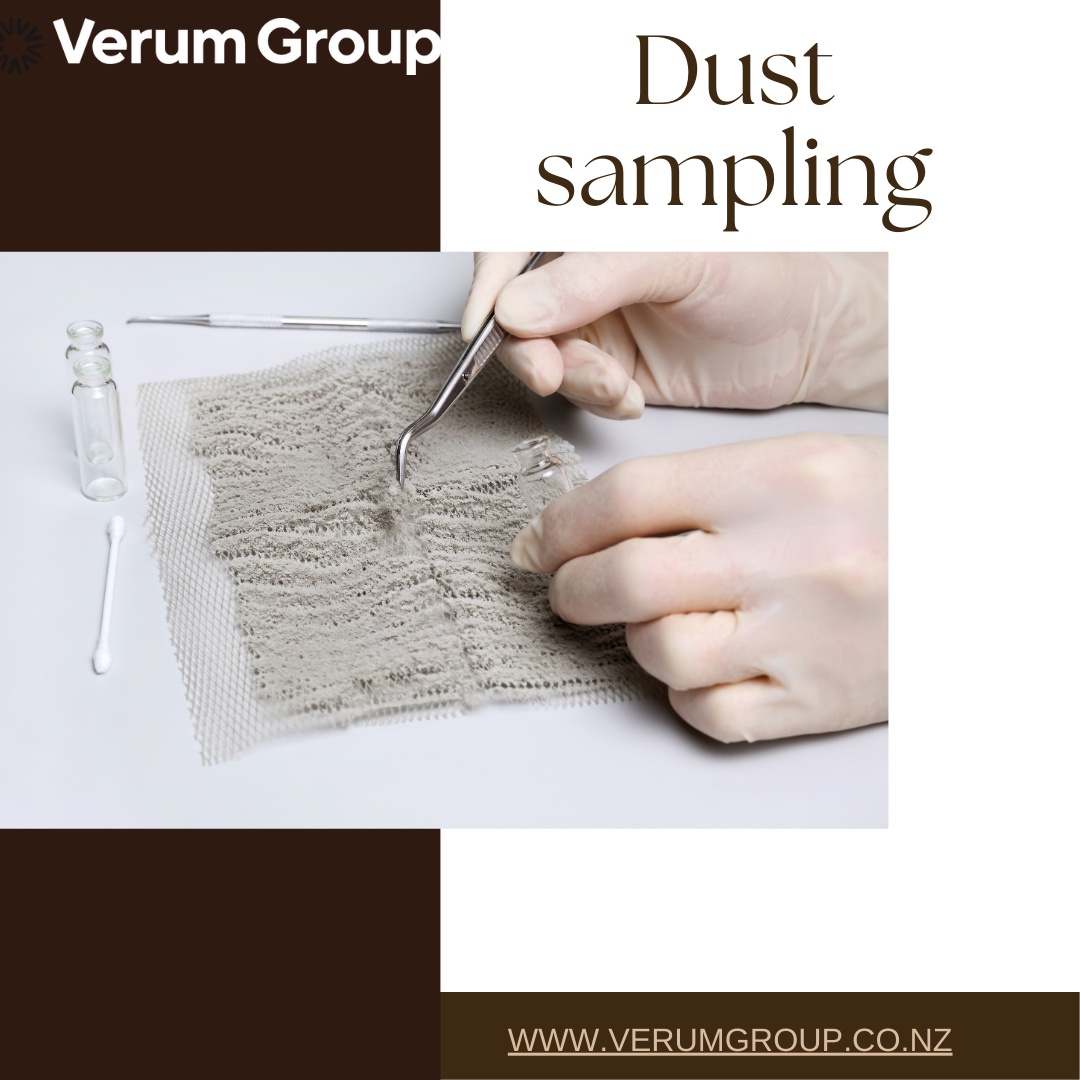Dust is a prevalent byproduct of many workplace activities and, if not properly managed, can pose significant health risks to employees. Monitoring and controlling dust levels in the workplace is facilitated by proactive dust sampling. By identifying and addressing dust hazards before they become a problem, proactive dust sampling can aid in the prevention of workplace health hazards.
The Advantages of Preventative Dust Sampling
Implementing a proactive dust sampling program in the workplace has numerous advantages. First and foremost, it can aid in protecting the health of employees by identifying and eliminating potential hazards. By regularly monitoring dust levels, employers are able to identify areas where dust levels exceed recommended levels and take measures to address the problem before it causes health problems for workers.
Additionally, proactive dust sampling and odor sampling can aid employers in meeting regulatory requirements. Numerous industries have specific regulations regarding particulate exposure levels, and proactive sampling can help employers ensure compliance.
In addition, proactive dust sampling can assist employers in identifying areas of the workplace where excessive dust is generated. By identifying these areas and implementing measures to reduce dust production, employers can save money on cleansing and maintenance costs and improve worker safety.
Implementing a Program for Proactive Dust Sampling
To implement a proactive dust sampling program, employers must first identify the likely dust-generating areas of the workplace. This may include areas where materials are cut, ground, or sanded, as well as areas where machinery is used.
Employers should then devise a sampling plan that specifies the sampling frequency and locations for dust. This plan should be founded on the type of work being performed, the identified potential hazards, and any applicable regulatory requirements.
Employers should conduct routine dust sampling using the appropriate equipment and sampling methods once the sampling plan is in place. A qualified laboratory should then analyze the collected samples to ascertain the dust's composition and concentration levels.
Taking Action Based on Results of Dust Sampling
Employers should take the necessary measures to control dust levels in the workplace based on the results of the dust sampling. This may involve instituting engineering controls such as ventilation systems, utilizing personal protective equipment such as respirators, or modifying work practices to reduce dust production.
Noting that proactive dust monitoring is not a one-time event, but rather an ongoing process, is essential. Employers should review and update their sampling plans and control measures on a regular basis to ensure their continued effectiveness.


No comments yet